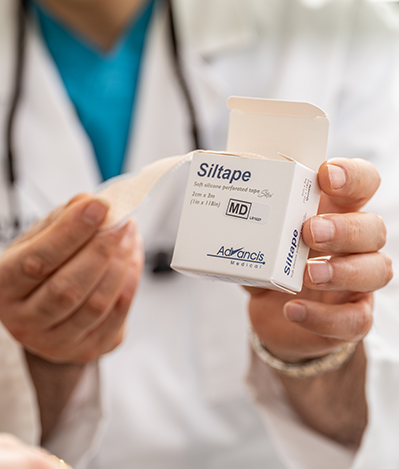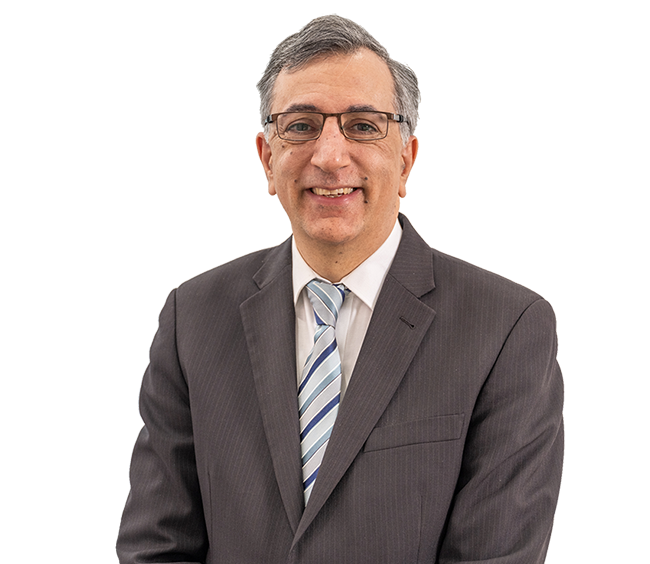Procedure Spotlight
- Hand conditions are an area of special interest to Dr Safvat.
- Trigger finger, also called stenosing tenosynovitis, is a common condition affecting the fingers.
- Most patients will have almost immediate improvement in their symptoms after surgery.
Trigger finger, also called stenosing tenosynovitis, is a common condition affecting the fingers. The tendons that bend the fingers (the flexor tendons) glide through a tunnel made of pulleys. Triggering happens when the space in the flexor tunnel is narrowed and the flexor tendon catches on one of the pulleys.
A vicious cycle is then formed as the more friction there is on the tendon, the thicker the covering of the tendon (the synovium) becomes, until it forms a distinct swelling that gets caught in or before the pulley.
Initially the fingers may be painful to bend, but as it progresses, they may start clicking or even lock into a bent position and unable to be straightened. Often the symptoms are worse in the morning or after excessive use of the fingers.

Technique
Mild triggering is usually managed by non-surgical means initially. Some of these include splinting, steroid injection into the pulley, anti-inflammatory medication and activity modification.
Moderate to severe triggering usually requires surgery (trigger release). This is done by an incision in the palm and dividing the first pulley (A1 pulley) to allow unimpeded glide of the flexor tendons. Occasionally, the tissues around the tendons may need to also be excised (synovectomy).
Hand surgery is one of Dr Safvat’s interest and area of expertise. Trigger finger release surgery is performed in an accredited Sydney or Southern Highlands’ hospital, usually under a short general anaesthetic but can also be done under local anaesthetic.

Recovery
The procedure is done as a day only procedure without the need to stay overnight in hospital. The hand is wrapped in a bandage but it is encouraged that the finger is moved immediately after surgery. The bandage is removed 1 week after surgery and patient often resume their usual work capability within 2-3 weeks. Dr Andre Safvat will discuss any other factors that may impact your recovery with you at your hand surgery consultation in Sydney (Miranda or Concord) or the Southern Highlands (Bowral).
It is encouraged that the finger is moved immediately after surgery and patients often resume their usual work capability within 2-3 weeks.

Preparation
It is best for any patient to be in good general health prior to surgery. Dr Safvat also requests patients to stop smoking 3 weeks prior to the surgery.
Scars
There is no way to prevent scars completely after surgery and everyone can scar differently. However, the techniques Dr Safvat uses to suture his wounds and where he puts his scar are designed to minimise scarring. What’s more, any scarring will fade over time, especially if they are cared for correctly.
Dr Safvat will provide you with his specific protocol for scar management that will help you protect and care for your incisions in a way that will minimise scarring. Patients who have followed Dr Safvat’s protocol for scar management diligently have been very pleased with their progress in reducing and fading of scars.
Dr Safvat will provide you with his specific protocol for scar management that will help you protect and care for your incisions in a way that will minimise scarring.

Complications
While all care and diligence is taken by Dr Safvat to minimise or avoid complications, any surgical procedure can be associated with some general complications and/or specific complications related to the surgery you are having. Choosing a Specialist Plastic Surgeon such as Dr Safvat and having your procedure done in an accredited hospital minimises risks as does using an accredited Anaesthetist.
Some potential general surgical complications are:
- Infection that may require antibiotics (Dr Safvat prescribes all patients antibiotics after surgery to minimise this risk).
- Allergic reaction to dressings and other items used during the procedure.
- The formation of blood collection (haematoma) which could require additional surgery.
- Scars heal differently in different people. Some people are genetically prone to develop keloid scars. Hypertrophic scars develop when there is a complication in the healing process. Whilst not ideal, there is no threat to your health if you develop these.
- Anyone can have a heart attack or stroke from a clot. This risk is slightly increased with anaesthetics.
Some potential specific complications:
- Persistence or recurrence of the symptoms. Rarely the pulley reforms as tight as before and reproduce the symptoms. In these quite rare cases a re-opreration is needed and fat graft is placed between the two end of the tendon to prevent this.
- Severe stiffness of the fingers. Dr Safvat insist that his patients start moving their fingers as soon as they recover from the anaesthetic in the recovery room to minimise the risk of this. He can also organise hand therapy in the rare cases that the stiffness persist to overcome this.
- Synovitis or inflammation of the covering of the tendon. This can be treated with steroid injections
Cost
Trigger Finger and Trigger Thumb Surgery has an item number and patients should get a rebate from Medicare and their health fund (where applicable). The hospital costs are usually covered by private health funds depending on the patient’s level and type of coverage. Alternatively, you can have the procedure done in a Private Hospital as a Self-Funded patient. Detailed information regarding costs will be provided to you after your consultation.
Frequently asked questions
What causes trigger finger or trigger thumb?
Triggering of the finger is usually associated with trauma or repetitive use of the hand or finger. There are also connections with other conditions such as diabetes, osteoarthritis and rheumatoid arthritis. Another reason for triggering is general swelling of the hands as it happens for example in pregnancy.
Are there any alternatives to surgery?
Mild triggering is usually managed by non-surgical means initially. Some of these include splinting, steroid injection into the pulley, anti-inflammatory medication and activity modification. However, if the symptoms persist, surgery may be the best option.
How soon will I see results and how long will it last?
Most patients will have almost immediate improvement in their symptoms, however this differs between patients. For most patients the results are permanent however very occasionally some patients may having recurring symptoms and need further surgery.
Dr André Safvat – Specialist Plastic Surgeon
Renowned for his dedication to his patients, his attention to detail and impeccable outcomes, Dr Safvat’s unparalleled expertise is reflected in the quality, professionalism and dedication of every member of our team.


